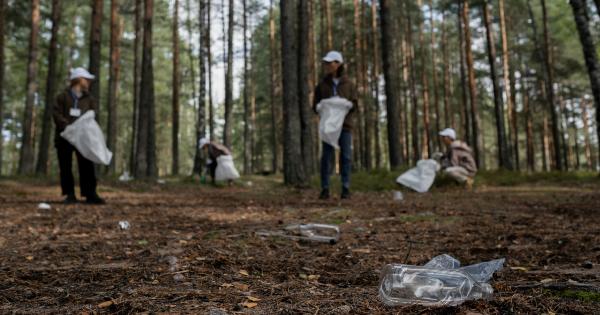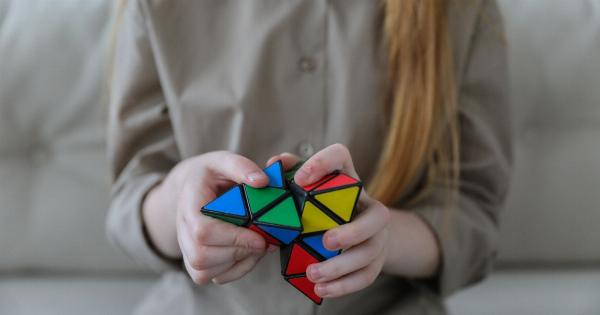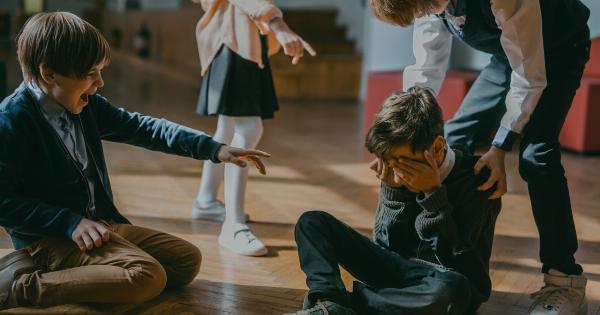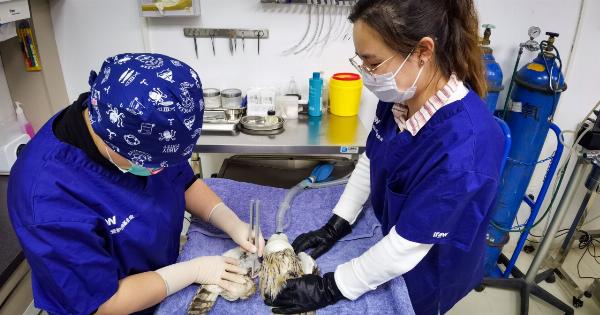First Aid is a crucial skill that everyone should learn, regardless of age.
Accidents and emergencies can happen anywhere, at any time, and having the knowledge and ability to provide immediate medical assistance can make a significant difference in saving lives. To promote awareness and education about First Aid, World First Aid Day is observed on the second Saturday of September every year.
This global campaign aims to highlight the importance of First Aid and encourage individuals, especially children, to acquire life-saving skills. Let’s explore the significance of World First Aid Day and the role of teaching children these essential skills.
The Significance of World First Aid Day
World First Aid Day was established by the International Federation of Red Cross and Red Crescent Societies (IFRC) in 2000.
Its primary objective is to raise awareness about the importance of First Aid and empower individuals to become First Aid providers in their communities. This day serves as a reminder to review and refresh First Aid knowledge, as well as promote access to First Aid training for individuals of all ages.
By designating a specific day for First Aid, the IFRC aims to capture the attention of governments, organizations, and communities worldwide.
It provides an opportunity for campaigns, workshops, and events to be organized, creating a platform for sharing information, conducting demonstrations, and disseminating educational materials about First Aid.
The focus on World First Aid Day is not limited to adults; children and young individuals are a vital target audience for learning these life-saving skills.
By teaching children First Aid, we empower them to respond effectively during emergencies, promote safety, and contribute to the overall well-being of their communities.
The Importance of Teaching Children First Aid
Children are curious, observant, and typically quick learners. Introducing First Aid education to them can help establish a foundation of knowledge and skills that can last a lifetime.
Here are several reasons why teaching children First Aid is so important:.
1. Increased Safety
Equipping children with First Aid skills increases their safety and the safety of those around them. They become more aware of potential risks and hazards and gain the ability to take immediate action when an incident occurs.
Whether it’s a small cut, a burn, or someone experiencing a medical emergency, children trained in First Aid can provide essential assistance while waiting for professional help to arrive.
2. Empowerment and Confidence
Learning First Aid empowers children by giving them the confidence to handle unexpected situations.
It provides them with the necessary tools to make a difference, creating a sense of responsibility and self-assurance that they can contribute positively to their communities. By educating children about First Aid, we foster a culture of empathy, compassion, and helpfulness.
3. Early Intervention
Children are often present during accidents or emergencies involving their peers, siblings, or even adults. Teaching them First Aid ensures that they can quickly identify signs of distress and provide appropriate assistance without hesitation.
Early intervention is critical during emergencies, and trained children can play a pivotal role in stabilizing a victim’s condition before professional help arrives.
4. Lifelong Skills
First Aid knowledge and skills stay with individuals throughout their lives. By introducing children to First Aid at an early age, we instill life-long habits of preparedness, empathy, and kindness.
These skills can be further developed as they grow older and can benefit them personally, academically, and professionally. First Aid education also lays the foundation for more advanced medical training in the future.
5. Promoting Community Resilience
Communities equipped with individuals who have First Aid skills are more resilient in times of crisis. Teaching children First Aid creates a ripple effect, as they share their knowledge and encourage others to learn as well.
Having a community where a significant portion of its members are trained in First Aid enhances overall safety and the ability to respond effectively to emergencies. It strengthens the sense of community and fosters a culture of preparedness and mutual support.
How to Teach Children First Aid
Teaching children First Aid should be age-appropriate, interactive, and fun. Here are some effective methods to introduce First Aid education to children:.
1. Storytelling and Role-Playing
Children respond positively to storytelling and role-playing. Utilize interactive storytelling techniques to explain basic First Aid concepts, such as recognizing an emergency, calling for help, and offering initial assistance.
Engage children in role-playing scenarios where they can act as both the responder and the victim, practicing essential First Aid skills in a safe and controlled environment.
2. Hands-on Demonstrations
Children learn by doing. Conduct hands-on demonstrations using age-appropriate mannequins, bandages, and other training materials.
Teach them how to apply pressure to stop bleeding, perform CPR on a mannequin, or safely roll someone into a recovery position. Encourage active participation and provide guidance and feedback along the way.
3. Educational Games and Apps
Interactive educational games and mobile apps can make learning First Aid engaging and entertaining.
Many organizations, such as the Red Cross or other humanitarian groups, have developed child-friendly apps and online games that teach First Aid skills in an interactive and age-appropriate manner. Encourage children to explore these resources and incorporate them into their learning process.
4. Collaborative Learning
Children thrive in collaborative environments. Organize group activities where children can learn and practice First Aid skills together. Partner them up and assign roles in different scenarios, highlighting the importance of teamwork and communication.
This approach allows children to learn from each other, share experiences, and build confidence in their abilities.
5. Certification Programs
For older children or those showing a keen interest in First Aid, consider enrolling them in comprehensive certification programs.
Companies and organizations often offer courses specifically designed for children and teenagers, which cover various aspects of First Aid, including CPR, treating burns, and managing common injuries. These programs provide a more in-depth understanding of First Aid techniques and may lead to formal certifications.
Conclusion
World First Aid Day serves as a reminder of the crucial role First Aid plays in saving lives.
By teaching children basic First Aid skills, we equip them with the ability to provide immediate assistance during emergencies, promote personal safety, and contribute to community resilience. Through interactive and age-appropriate methods, we cultivate a generation of empathetic and prepared individuals who can make a positive difference when faced with adversity.
Let us seize the opportunity to empower our children with life-saving skills and create a safer, more caring world.






























